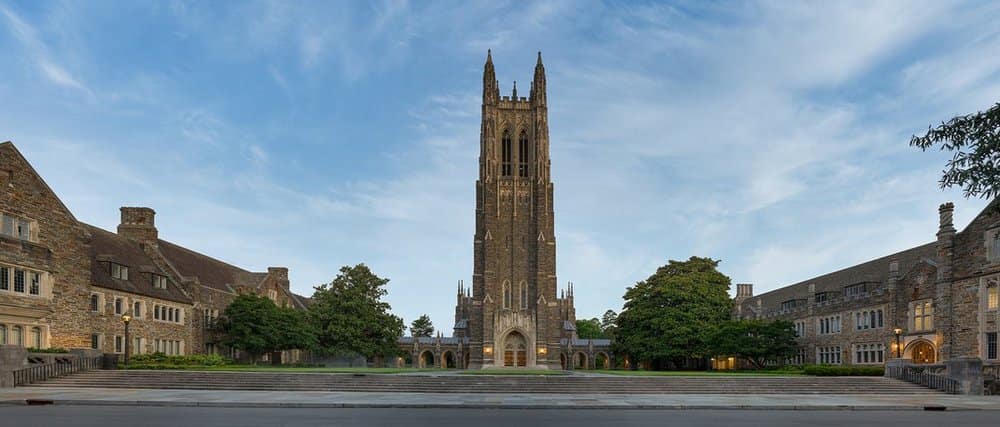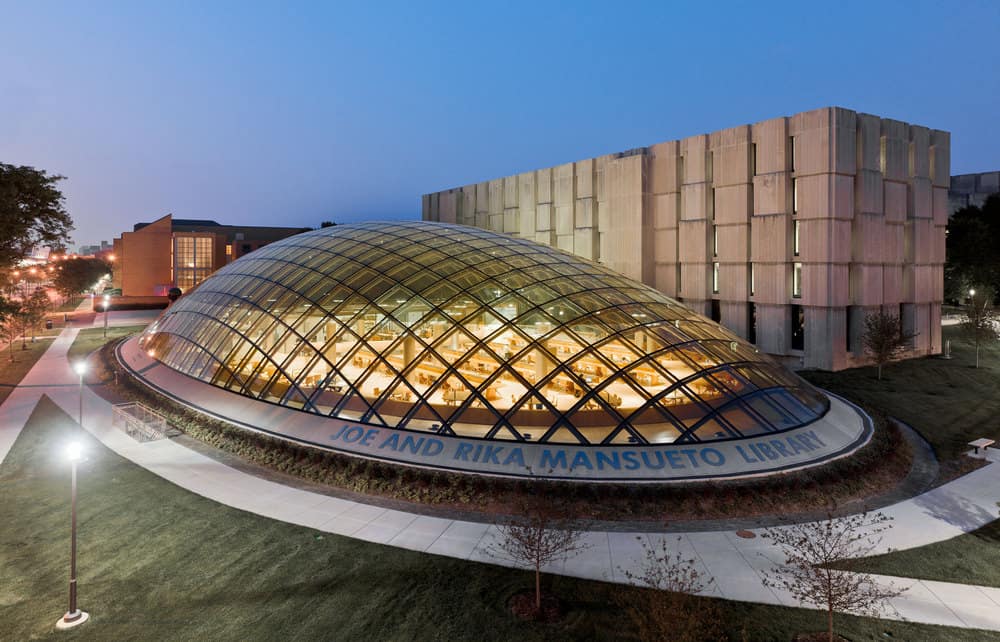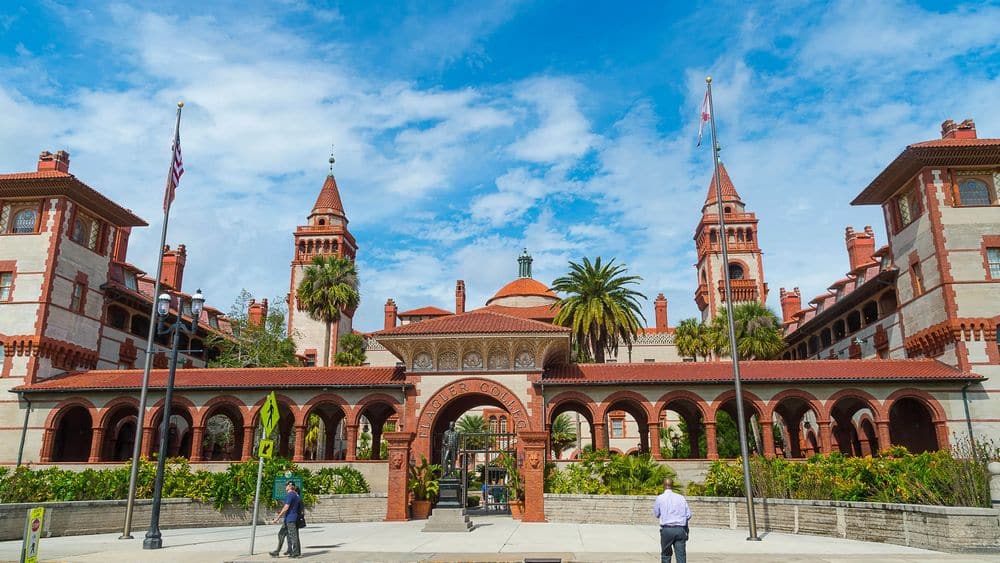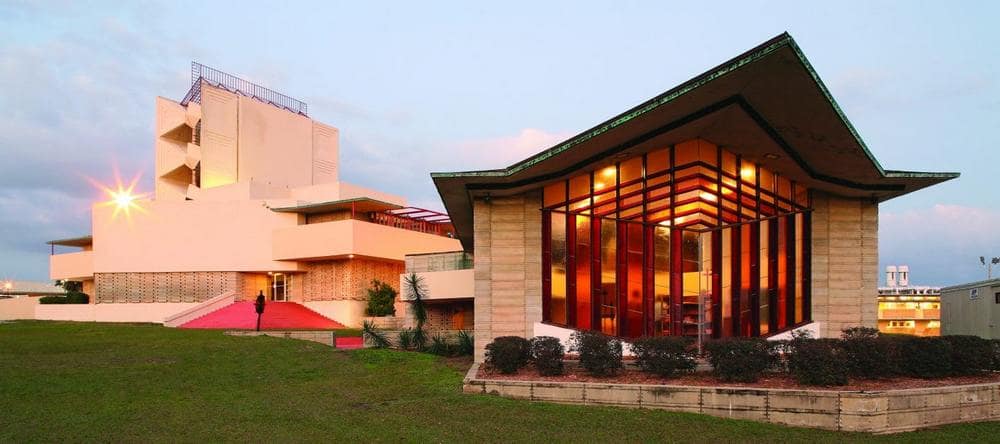Every college has that one iconic factor that distinguishes it from the others. The most common identifier is a unique architectural structure like the administration block, lecture hall, or monument. The structures may be used to signify the era when these colleges were built, the people behind the campus, or the imagination of the founders.
Iconic buildings on college campuses provide a background that unifies all the students who have passed through the institution. It is also a source of inspiration to students who desire to study on these campuses. Here are unique college campus buildings with the best architecture around the world.

1. Moscow State University
Moscow State University is the oldest institution of its kind in Russia. It was founded in 1755 by one of the most iconic Enlightenment scientists, Mikhail Lomonosov. Mikhail was said to have an unsettled energetic and encyclopedic mind. Can I get help with my homework online to create time for other activities? Writing services make it easier to complete other tasks without worrying about looming deadlines or overwhelming academic assignments.
The central building of the Moscow State University iconic structure rises 36-levels. It was designed by Lev Rudnev and built between 1947 and 1953. It stands among the seven tallest buildings in Moscow that have adopted the Stalinist architectural style. It was the tallest building in Europe up to 1990. Today, it remains the tallest educational structure in the world.
The tip of the central part features a 58-meter spire. The spire ends with a 5-star pointed structure that weighs 12 tons. The tallest educational building in the world two lateral towers rising to 18 and 9 storeys. They serve as the dormitory wings of the building to complete one of the most functional complexes in the education landscape.
The building has acquired a tourism-attraction status. You need an appointment to visit the main structure when traveling to Russia. The building has inspired many others in Europe and beyond because of its unique design.

2. Duke Chapel, Duke University-North Carolina
The chapel is built in a neo-Gothic style. It is a towering building at the entrance that will make you feel small in comparison. It has pointed spires, oversize stones, and pointed arches. The iconic chapel that stands-out among many structures on campuses around the world was designed by Julian Francis Abele, a famous African American architect.
It stands 201 foots high, has a 50-bell carillon, and is decorated with 77 stained-glass windows. It is surrounded by an arboretum with a 5-mile path through the Duke Garden. The setting provides a perfect background to enhance the features of the iconic chapel.
The chapel was constructed between 1930 and 1932. It remains the tallest building in Durham County and can accommodate 1,800 people. The ribbed vaults give it a unique appearance. The chapel is built to dominate the grounds and act as the center of the university. It was the first to be planned and the last to be built. While the chapel is not meant for the Methodist church, it honors the prominent crusaders who spread the word in the area.

3. University of Chicago Joe and Rika Mansueto Library
Many campuses are iconic because of their historic structures. The University of Chicago makes it to the list because of the ultramodern design of its library. The library is designed by Helmut Jahn and aimed at depicting everything technology. It has also incorporated a lot of technology in its operations. For instance, robots help to retrieve and store books.
The library has one of the largest underground storage that can accommodate 3.5 million volumes. It is noticeable because of its glass dome and a bridge that appears like a futuristic tube.
The library ranks tenth among the largest educational libraries in North America. As of 2019, it had more than 19 million volumes. It is famous for its 65,330 linear feet of manuscripts and archives. It has also added a digital collection and research data amounting to 245 terabytes. It also borrows the unique privileges of some of the famous libraries in the area, enabling it to enrich its academic offering. It offers a unique feeling of studying inside a modern doom.

4. Flagler College
The appearance of the college is deceitful. It feels more like a resort than a learning institution. Incidentally, the college used to be a hotel before it was converted into a college. The college is named after the famous railway magnate Henry Flagler. It takes a Spanish Renaissance style and has been listed among the historic structures that require national preservation.
Flagler College made history as the first electrified building upon commissioning. It acquired its college status in 1968. The college provides manicured lawns, lobbies with dooms, and dining halls with stained glasses. It is one of the most luxurious campuses one can desire to join. The exclusive college provides a close-knit atmosphere for the few liberal arts students. Located in Florida, it provides a serene environment for students to develop their desired skills.

5. Florida Southern College
The small college has a structure whose fame is bigger than the entire college. Frank Lloyd Wright has his largest collection of architecture on campus. Wright started making his marks on the buildings in 1930. His idea was to unite the buildings on campus with the surrounding environment. Enviably, he managed to deliver buildings that appear to blend naturally with the surrounding. His work would continue for decades before Nils Schweizer took over.
The most iconic buildings at Florida Southern College include the Annie Pfeiffer Chapel and the Thad Buckner Building. It features a cylindrical wing with lecture halls and offices on the side. It was built between 1945 and 1946. It still stands among the most noticeable structures in Florida Southern College. It is interesting to see the architectural ideas of an individual growth over time and change based on the landscape.
Universities have set an architectural pace for other developers to follow. These structures will teach something about history and also help future architects to sharpen their ideas. It is interesting to see how structures become a centerpiece in an institution and connect generations of scholars who pass through an institution.








